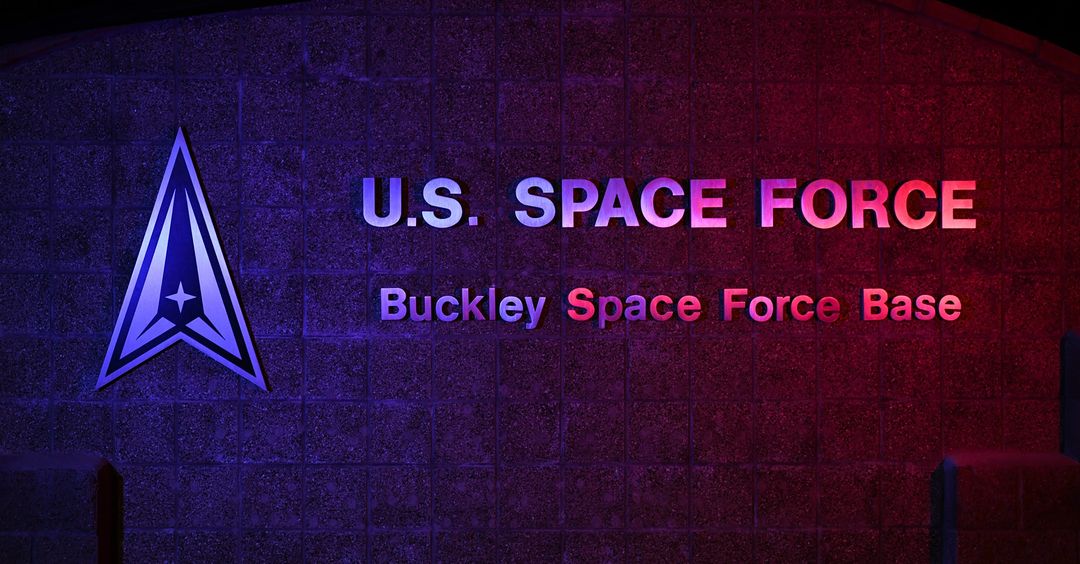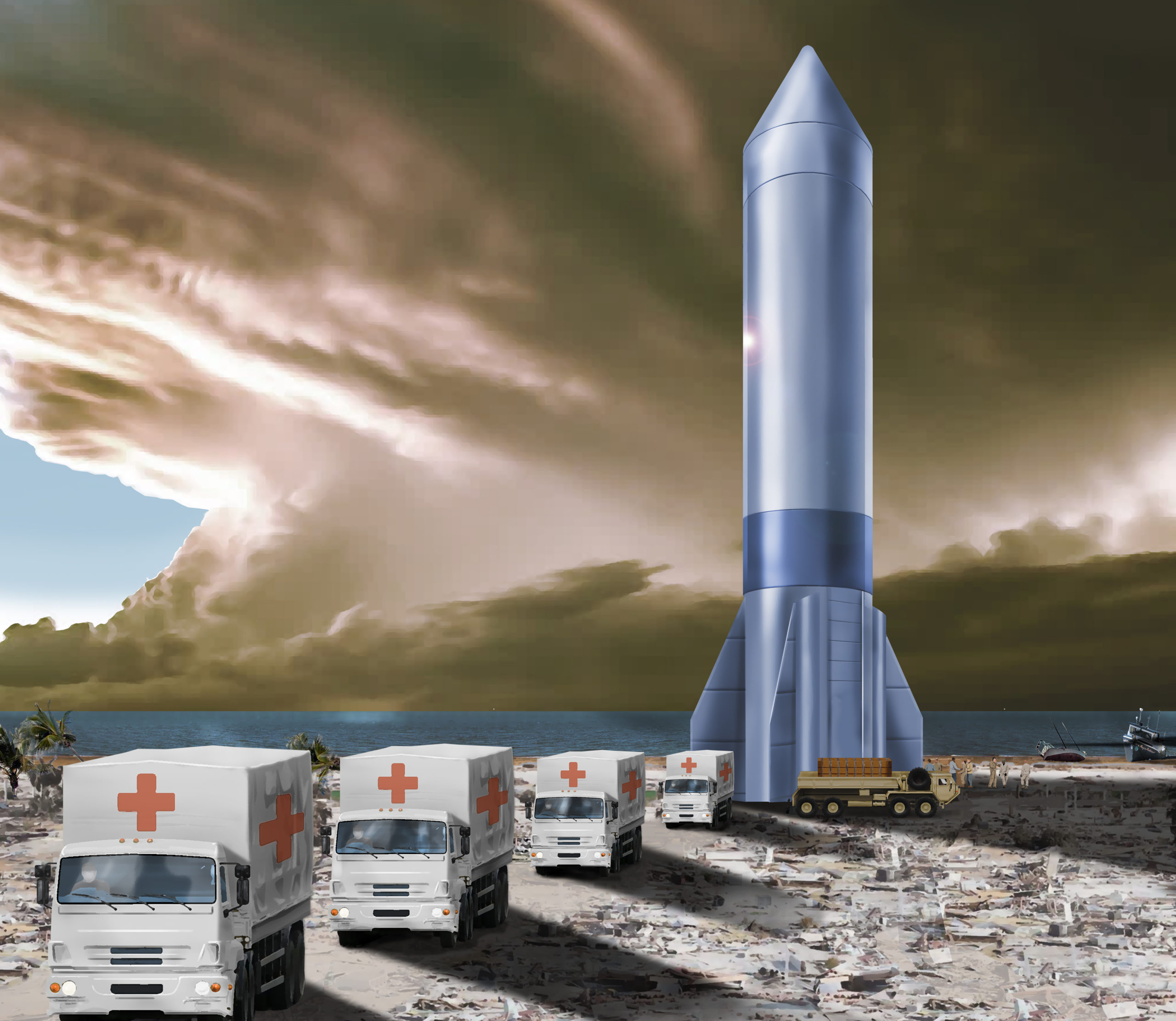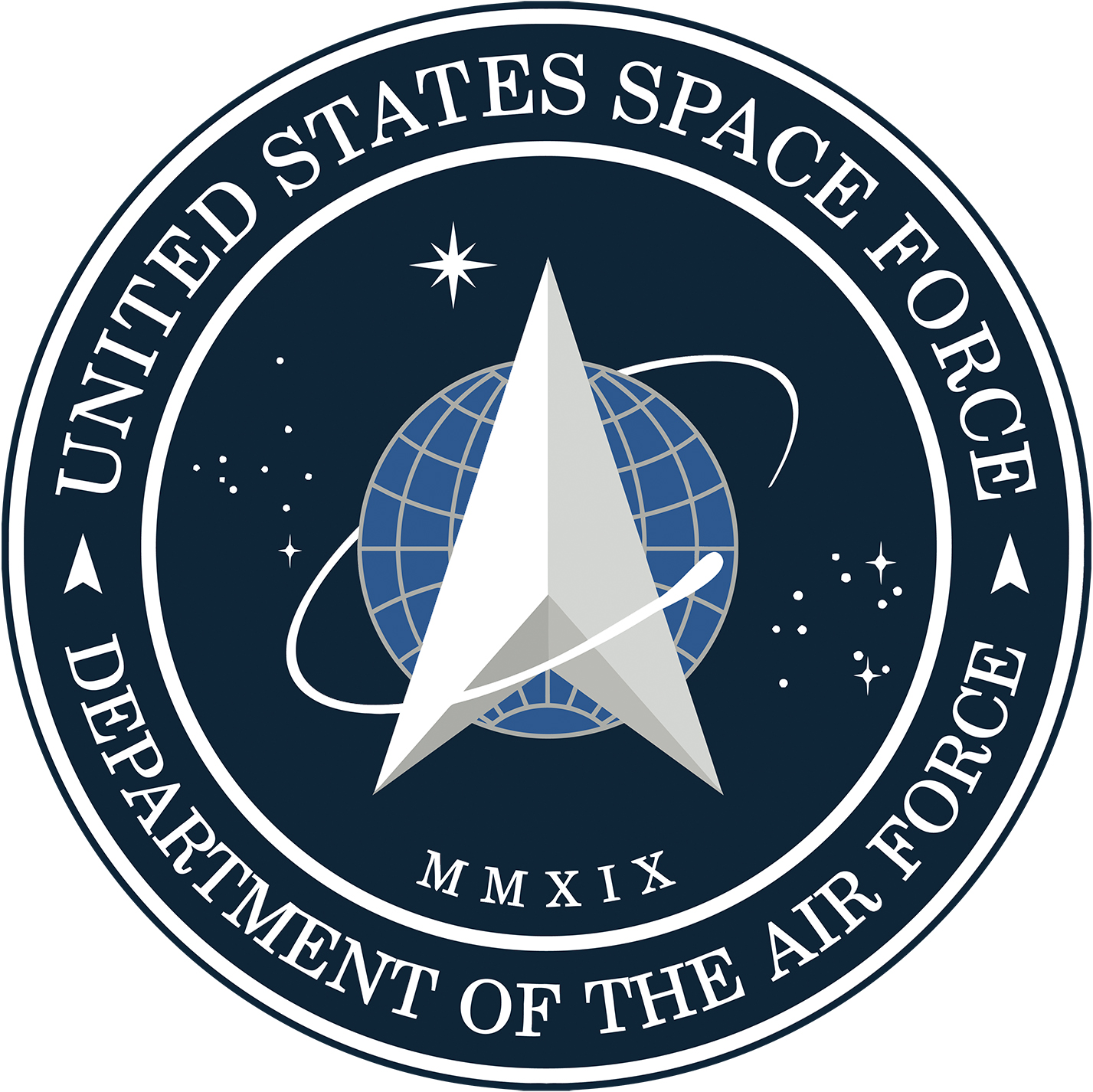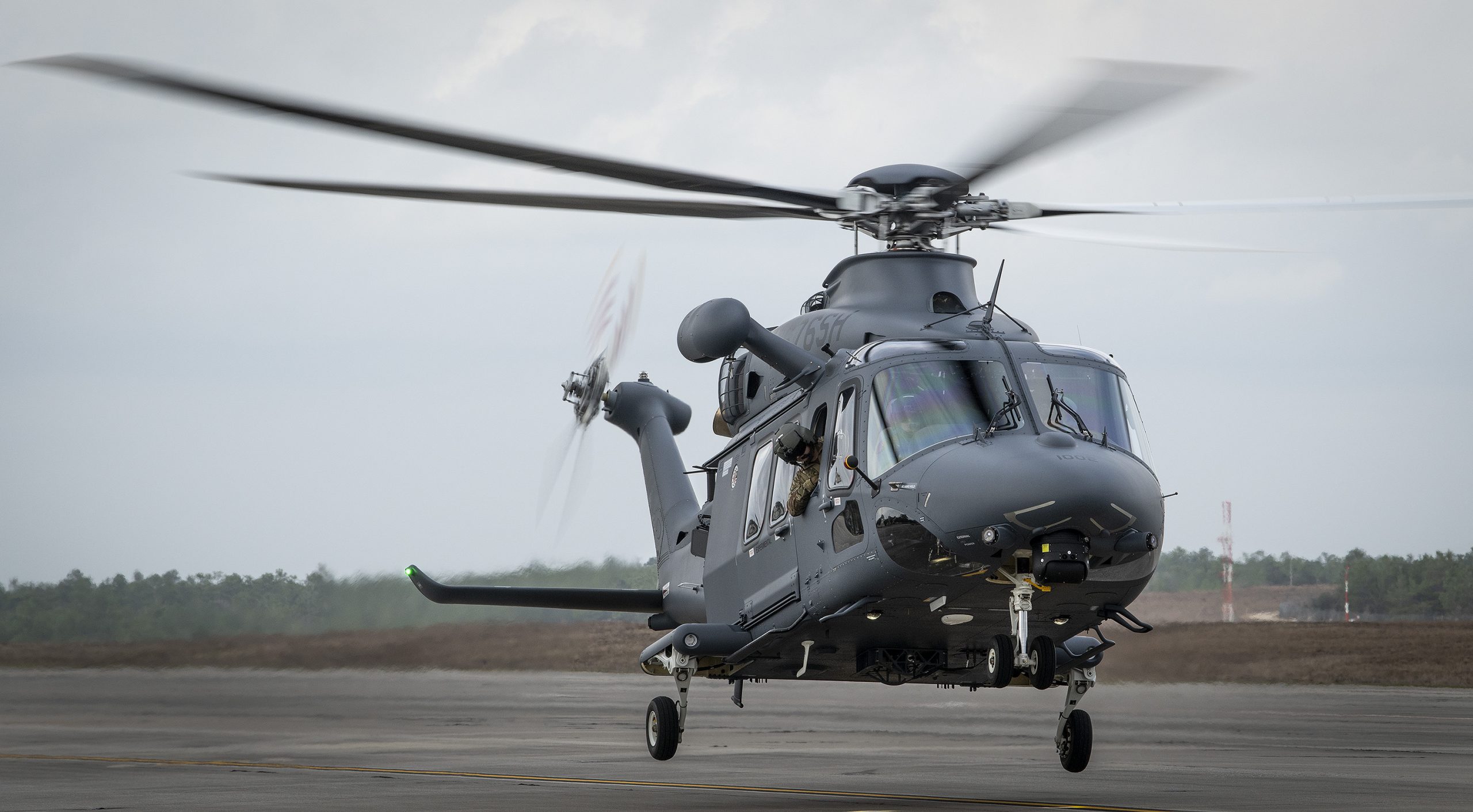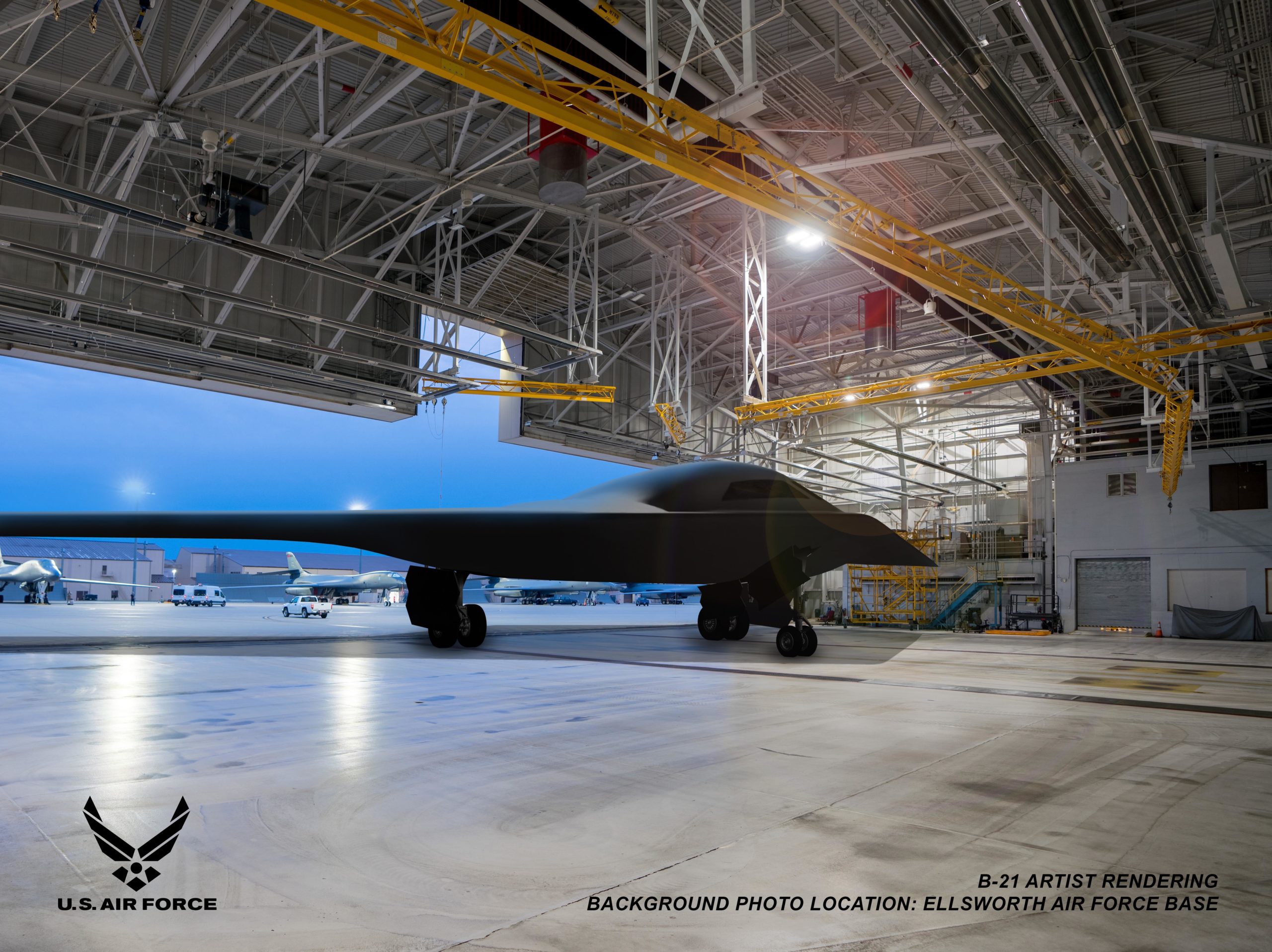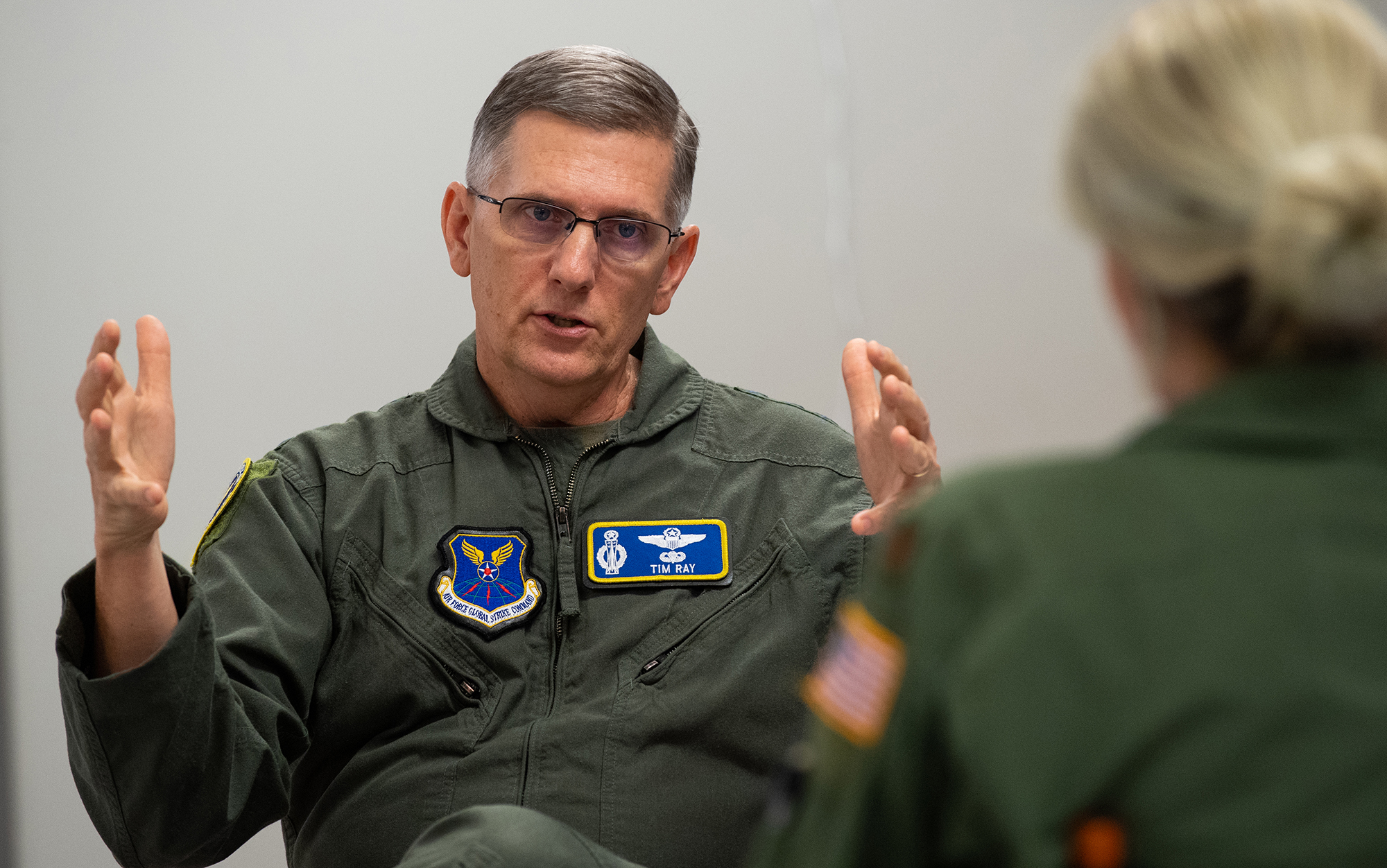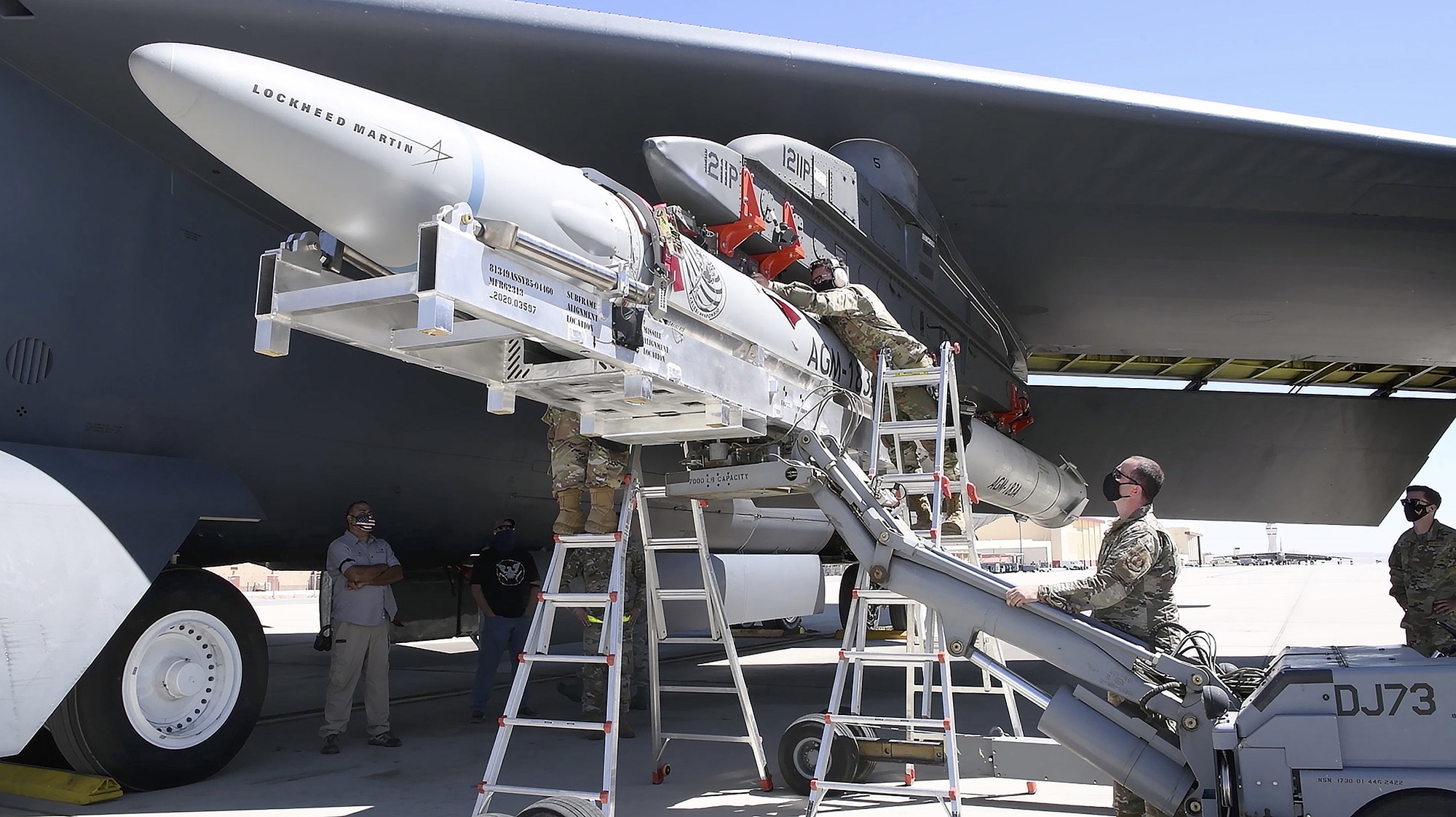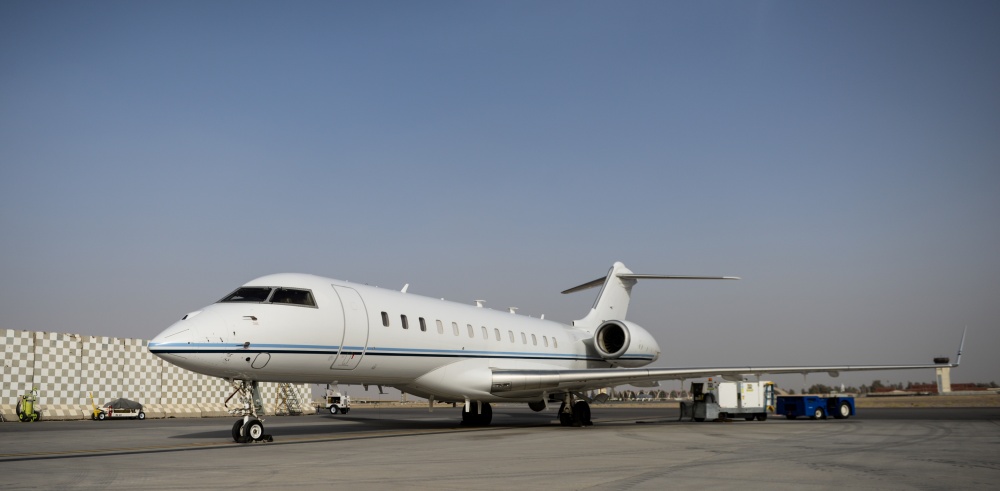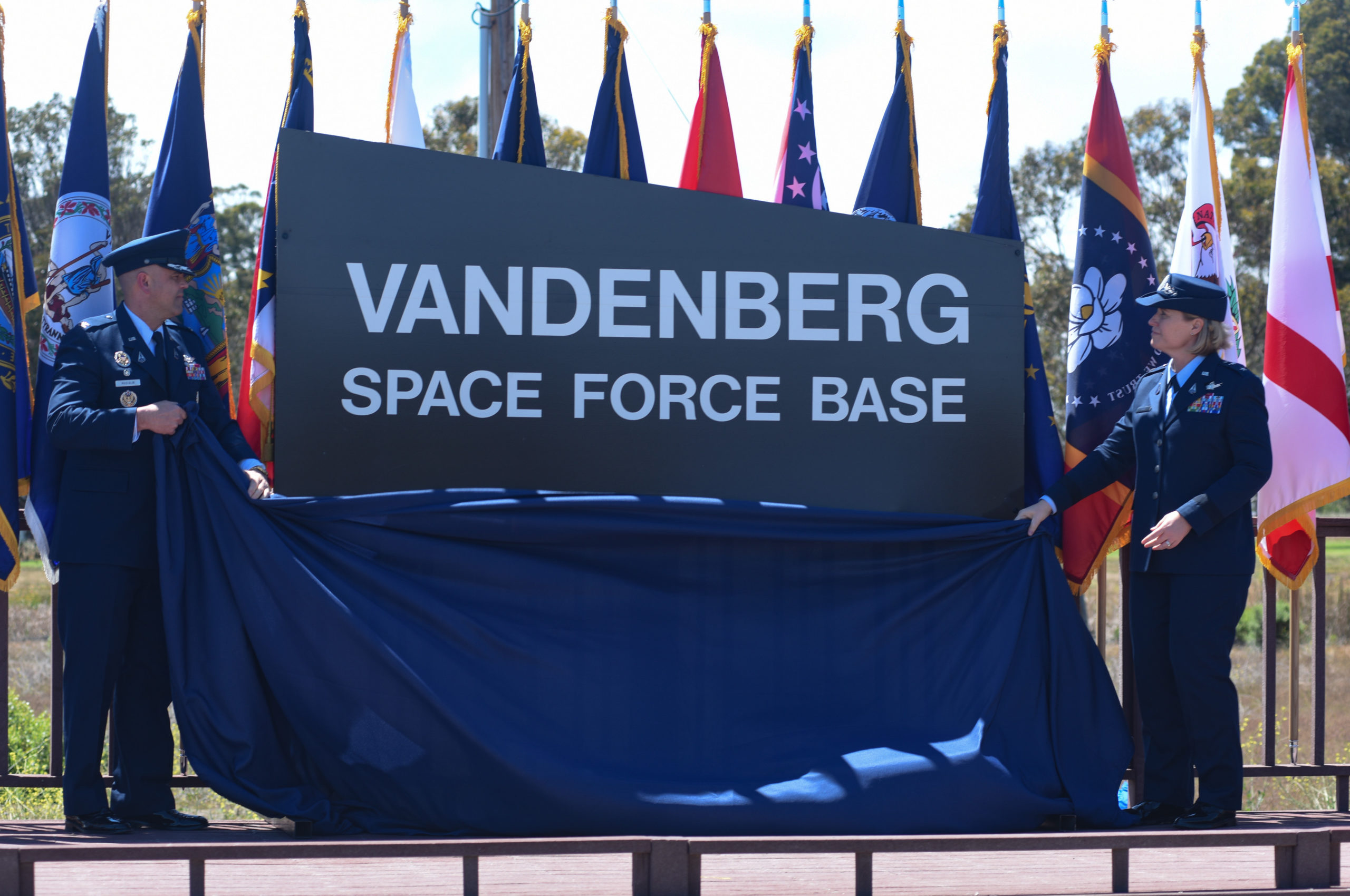The military installation in Aurora, Colorado, has cycled through several names in its 82-year history. On June 4, it received a new one—Buckley Space Force Base.
Buckley was already home to Space Force’s Space Delta 4 and Buckley Garrison before the official June 4 renaming ceremony. But with the switch, it now becomes just the fourth base to take on the Space Force name, joining Vandenberg Space Force Base, California; Cape Canaveral Space Force Station, Florida; and Patrick Space Force Base, Florida.
“The renaming of Buckley Space Force Base is an important step towards establishing our distinct Space Force culture and identity,” said Lt. Gen. Stephen N. Whiting, Space Operations Command boss. “By aligning its title to reflect the critical space missions performed here, we signal our steadfast commitment to protecting our nation, our allies, and our mission partners operating in, from, and to space.”
Prior to becoming a Space Force base, the base had been called Buckley Air Force Base. Before that, it had been controlled by the Colorado Air National Guard, the U.S. Navy, and the Army. And as Whiting noted, it will continue to serve as a base for units from all those branches, as well as others.
“Moving forward, Buckley Space Force Base will continue to flourish as a hotbed for integrating new military space technologies, taking on new operational challenges, and providing innovative host support to its ‘Big Six’ mission partners—Space Delta 4, the Colorado Air National Guard’s 140th Wing, the Army Aviation Support Facility, the Navy Operational Support Center, the Air Force Reserve Personnel Center, and the Aerospace Defense Facility-Colorado,” said Whiting.
Buckley was one of the bases under serious consideration for the U.S. Space Command, the combatant command that takes personnel and resources provided by the armed forces and uses them in daily space operations, before it was awarded to Huntsville, Alabama. Colorado’s congressional delegation has urged President Joe Biden to reconsider the decision, and one of those lawmakers, Rep. Jason Crow, was on hand June 3 at Buckley, which is in his sixth congressional district.
“This is really a momentous moment to be here for this renaming,” said Crow. “We are sitting here in the Pioneer State, a state that was founded by people who embarked on a journey into the unknown. They moved west hundreds of years ago, many of them, and they didn’t know what challenges lie ahead. … But here we are over 100 years later, in the great state of Colorado, and it’s just so fitting, the comparison between what we’re doing here today at Buckley and what those who moved west to establish this state did in the 1850s and ’60s.”
Also on June 3, Col. Marcus D. Jackson officially assumed command of Buckley Garrison, the host unit of the base. As the garrison’s second-ever commander, Jackson will oversee the installation after serving as deputy director of the National Space Defense Center.
“By renaming Buckley Air Force Base to Buckley Space Force Base, there is a clear message being sent to our adversaries—we are focused on maintaining space dominance,” Jackson said. “This name change does not bespeak a change in Buckley’s mission, but rather it signifies a realignment of our installations under the Space Force.”
